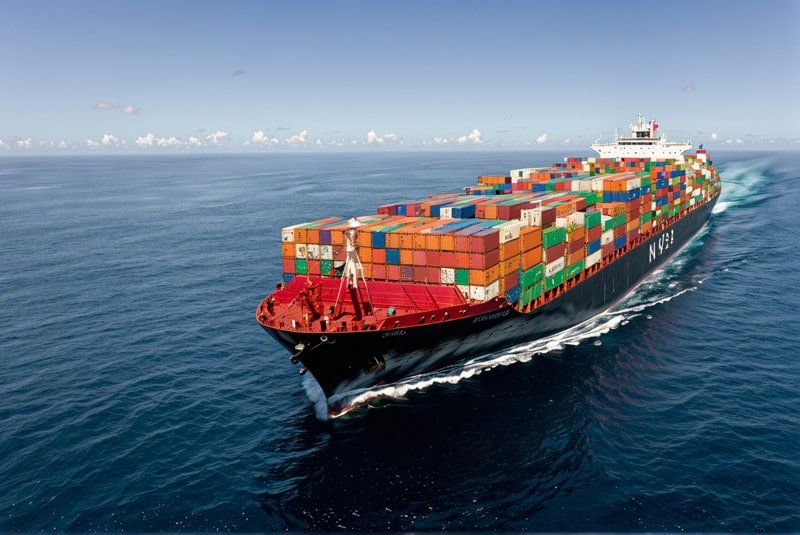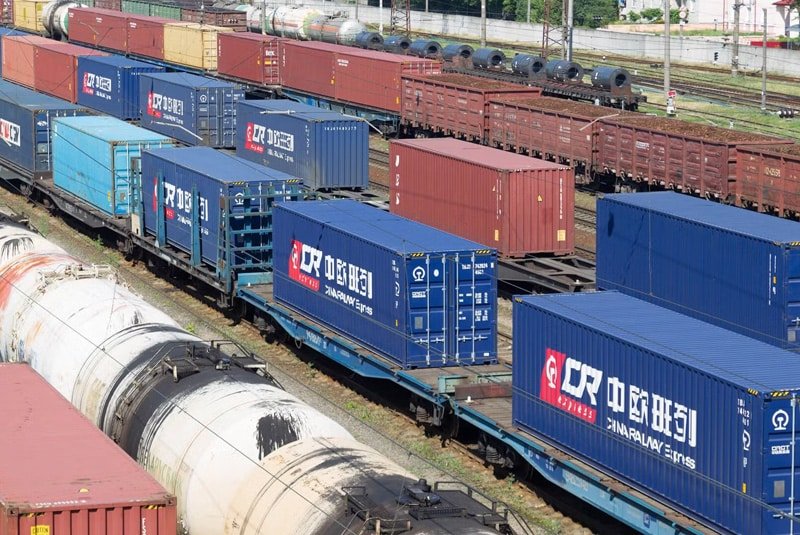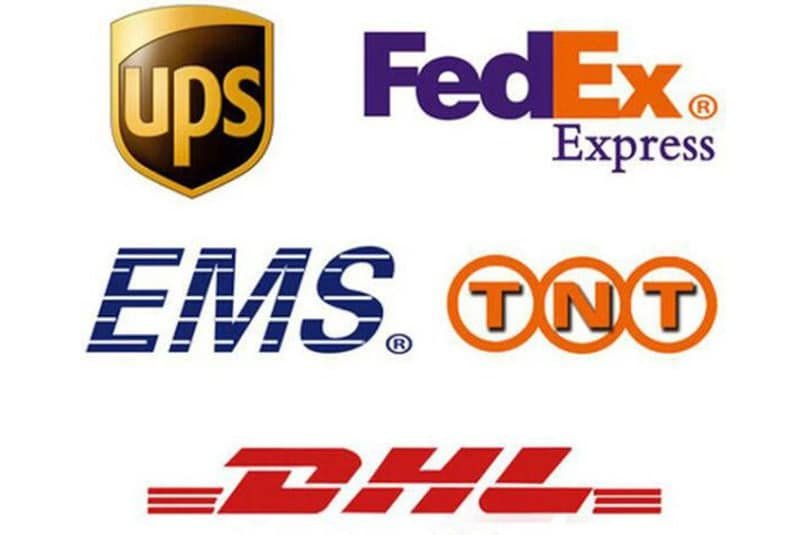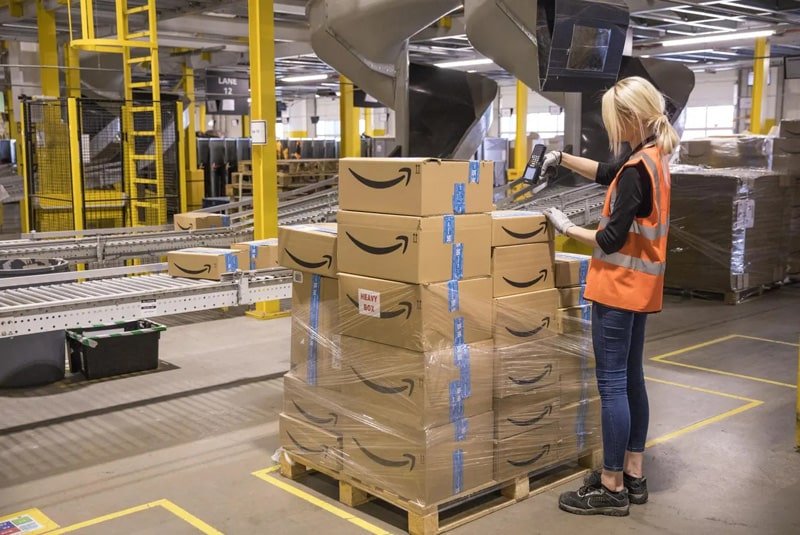1. Overview of China-Oman Trade Relations and Partnerships
During the past decade, business between China and Oman has grown strongly, building a base for successful international trade. The value of trade between Oman and China reached $15 billion in the first five months of 2024 which was 8 percent higher than during the same time in 2023. China has become one of the main providers to Oman, delivering electronics, machines, garments, auto parts, household goods and industrial machinery.
Because more than 120 nations are connected to the Omani coast by sea, the country serves as a vital route to markets in the Middle East. Being situated along the Arabian Sea gives the sultanate superior access to regional trade routes.
On May 15, 2018, the BRI memorandum of understanding was signed between China and Oman. Because of this deal, Oman is pledged to take part in developing the new Silk Roads. Because of this partnership, trade is easier, infrastructure is expanding and the logistics process has improved for both nations.
Some important things that affect China-Oman trade relations are:
- Because of its stability and favorable policies for business, Oman has emerged as a key destination for traders.
- Omani markets are demanding more Chinese products.
- Improvement of ports and logistics services through investment
- Simpler rules for customs and better trade agreements
- More collaboration in culture and diplomacy encourages trade.
2. Main Shipping Routes and Transportation Corridors
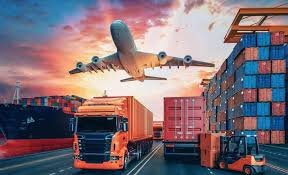
2.1 Primary Sea Route
The usual shipping path from China to Oman goes via the South China Sea, Strait of Malacca, Indian Ocean and the Arabian Sea. Commonly, ships on the China-Oman route are carried to Sohar, Salalah and Duqm ports in Oman from China’s main ports like Shanghai, Shenzhen, Ningbo and Guangzhou.
2.2 Alternative Sea Route
Northern Chinese ports can also reach Europe by going through the Suez Canal, the Red Sea and the Arabian Sea. Even though it’s a little longer, using this path can be more efficient for some items during certain times of the year.
2.3 Air Freight Corridors
The Muscat International Airport is directly connected to China’s most important airports by direct air freight. You can use this service when you need to transport goods that may expire or are time-dependent.
2.4 Rail-Sea Multimodal Options
Using Chinese rail via Central Asia is now a cheaper option for moving certain goods since the Middle Corridor connects trains to Middle Eastern ports.
3. Shipping Methods and Service Options
3.1 Sea Freight Services
For businesses with large cargo, using FCL (Full Container Load) makes shipping easier. Benefits include:
- Shipping costs are cut as the number increases.
- Less waiting, along with a smoother process through customs.
- More safety and fewer chances of damage
- Direct movement of cargo between the two destinations
- You can find 20ft, 40ft and 40ft high cube containers are available.
Less than container load is perfect for smaller loads, as it merges several shipments into a common container.
- Can be ordered in small quantities without spending a lot.
- Ship your products when it is most convenient for you.
- Dividing the fees for using transportation
- The process of professional consolidation
- These methods work well when exploring new markets.
3.2 Air Freight Services
Shipping goods from China to Oman by air is the fastest way to go.
- This product can be delivered in 3-5 days.
- Air freight services take about 5-7 days.
- Unified air cargo services
- Shipping by visiting your home or office
- Services that maintain the correct temperature for sensitive items
3.3 Rail-Sea Combined Transport
Combining rail and sea freight makes the following possible:
- Both cost and time to deliver the packages
- Less impact on the climate
- Other routes to choose from
- Flexible scheduling
- This kind of ship is designed for coastal transportation of non-urgent heavy cargo
4. Major Ports and Logistics Hubs

4.1 Chinese Ports and Shipping Terminals
Shanghai Port
- The busiest place for shipping containers worldwide
- Broad shipping services offered for the Middle East
- Modern and advanced equipment for dealing with cargo
- Good connections with other regions in China
Ningbo-Zhoushan Port
- Facilities for handling ships that enter deep water port areas
- Optimized container terminals
- Good connections on the rail and highway
- Shipping fees that suit your needs
Shenzhen Port
- The main port for electronics and consumer goods in the country
- New methods of handling containers
- Proximity to the sources of goods
- Ongoing voyages to locations in the Middle East
Guangzhou Port
- South China relies on this for trading with other parts of the world.
- Professional handling of various types of cargo
- Services that use different logistics methods together
- Wide-ranging transportation facilities inside the country
Qingdao Port
- Port used to transport a large amount of goods from North China.
- Modern container terminals
- The process of customs clearance goes smoothly.
- Services provided to the Middle East first-hand
Xiamen Port
- Advantageous location in the southeast of China
- Firms have built modern port facilities.
- The country has well-established shipping services.
- Sailors get access to competitively priced freight.
Hong Kong Port
- Global shipment center
- High-end logistics solutions
- The organization is actively involved with new countries.
- Modern technology for cargo handling
4.2 Omani Ports and Maritime Facilities
Oman’s main ports are the Sultan Qaboos Port, Salalah Port, Sohar Port and Duqm Port. Port of Sohar is recognized as Oman’s main spot for industrial and logistics activities.
- The largest of Oman’s ports based on cargo transport
- An industrial zone that includes various functions.
- Progressive container terminals
- Access to many road and rail networks
- Free trade zone facilities
Port of Salalah
- The country is along important trade routes.
- Having the capacity to handle very large ships
- The country acts as a go-between for international and regional trade.
- Today’s equipment for handling containers
- Opening to East African business opportunities
Port of Duqm
- An area becoming a well-known hub for logistics and industry
- Building new facilities for ports
- To become a special economic zone
- Building more space for handling cargo in containers
- Good place to distribute goods around the region
Muscat’s Sultan Qaboos Port can be found in the city of Muscat. Containers can only use berths 4 and 5 which are specifically arranged for them. This government is situated in the capital of the country.
- The main port for the capital city
- Special container handling areas
- Being close to big marketplaces
- Effective customs clearance
- Effective transport routes inside a country
5. Documentation and Customs Requirements
5.1 Essential Documents for China-Oman Shipping
Export Documentation from China:
- Commercial Invoice (with accurate product descriptions and values)
- Packing List (detailed cargo specifications)
- Bill of Lading (ocean freight) or Air Waybill (air freight)
- Export License (if required for specific goods)
- Certificate of Origin (preferably with China-Oman trade agreement benefits)
- Phytosanitary Certificate (for agricultural products)
- Quality Control Certificate (for regulated products)
- Insurance Certificate (marine cargo insurance)
Import Documentation for Oman:
- Import License (for restricted goods)
- Commercial Invoice certified by Chinese authorities
- Packing List with detailed descriptions
- Certificate of Origin
- Health Certificate (for food and pharmaceutical products)
- Conformity Certificate (for regulated products)
- Insurance Certificate
- Customs Declaration Form
5.2 Customs Procedures and Clearance Process
Chinese Export Customs:
- Electronic customs declaration submission
- Physical inspection (if required)
- Duty and tax verification
- Export permit validation
- Container sealing and documentation
Omani Import Customs:
- Advance cargo declaration
- Document verification
- Physical inspection (risk-based)
- Duty and tax calculation and payment
- Release authorization
- Delivery to consignee
Customs Duties and Taxes in Oman:
- Standard import duty rates vary by product category
- Value Added Tax (VAT) applicable on most imports
- Preferential rates under trade agreements
- Free zone benefits for eligible goods
- Temporary import provisions for re-export
6. Costs and Pricing Factors
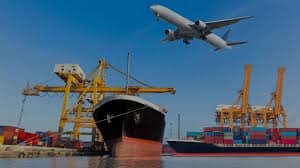
6.1 Main Cost Components
Sea Freight Costs:
- Basic freight rate (per container or per ton)
- Port handling charges at origin and destination
- Documentation fees
- Customs clearance charges
- Insurance premiums
- Inland transportation costs
Air Freight Costs:
- Air freight rate (per kilogram)
- Fuel surcharges
- Security fees
- Airport handling charges
- Customs clearance fees
- Ground transportation costs
Additional Service Costs:
- Freight forwarding fees
- Cargo insurance
- Storage and warehousing
- Certificate and documentation fees
- Inspection charges
- Delivery services
6.2 Additional Charges and Considerations
Seasonal Surcharges:
- Peak season surcharges (typically before major holidays)
- Fuel adjustment factors
- Currency fluctuation adjustments
- Port congestion surcharges
Special Handling Fees:
- Oversized cargo surcharges
- Hazardous goods handling fees
- Temperature-controlled transport
- Special equipment requirements
Cost Optimization Strategies:
- Consolidate shipments for better rates
- Plan shipments outside peak seasons
- Compare FCL vs LCL options
- Negotiate annual contracts for regular shipments
- Utilize free trade zone benefits
7. Transit Times and Delivery Schedules
Sea Freight Transit Times:
- FCL shipments: 18-25 days from major Chinese ports to Oman
- LCL shipments: 20-28 days (including consolidation time)
- Express sea freight services: 15-20 days (premium rates)
Air Freight Transit Times:
- Express air freight: 3-5 days door-to-door
- Standard air freight: 5-7 days
- Consolidated air cargo: 7-10 days
Rail-Sea Combined Transit:
- Multimodal services: 25-35 days
- Cost-effective alternative for non-urgent shipments
Factors Affecting Transit Times:
- Port congestion and delays
- Customs clearance efficiency
- Weather conditions
- Vessel schedules and route optimization
- Documentation completeness
8. Shipping Considerations and Best Practices
8.1 Seasonal Factors and Planning
Peak Shipping Seasons:
- Pre-Chinese New Year rush (January-February)
- Back-to-school season (July-August)
- Pre-holiday seasons (October-November)
- Ramadan and Eid preparations
Weather Considerations:
- Monsoon season impacts on Arabian Sea routes
- Typhoon season in East Asian waters
- Sandstorm seasons affecting Middle Eastern ports
- Temperature extremes for sensitive cargo
8.2 Packaging Requirements and Standards
International Packaging Standards:
- ISPM 15 compliance for wooden packaging materials
- UN specifications for hazardous goods
- Food-grade packaging for consumables
- Climate-resistant packaging for sea freight
Marking and Labeling:
- Clear destination markings in English and Arabic
- Handling instructions and warnings
- Country of origin labeling
- Product identification codes
8.3 Insurance and Risk Management
Marine Cargo Insurance:
- All-risk coverage for comprehensive protection
- Institute Cargo Clauses (A, B, or C)
- War and strikes coverage
- Delay in start-up coverage for machinery
Risk Mitigation Strategies:
- Proper packaging and securing
- Reputable freight forwarder selection
- Comprehensive insurance coverage
- Real-time cargo tracking
- Contingency planning for delays
9. Working with Freight Forwarders and Logistics Partners
Selecting the Right Freight Forwarder:
- Experience in China-Oman trade routes
- Comprehensive service offerings
- Competitive pricing structure
- Strong agent networks in both countries
- Technology capabilities for tracking and communication
Services Provided by Guanwutong:
- End-to-end logistics management
- Customs clearance assistance
- Documentation preparation
- Insurance arrangements
- Warehousing and distribution
- Real-time shipment tracking
Key Performance Indicators:
- On-time delivery rates
- Damage claim ratios
- Customer service responsiveness
- Cost competitiveness
- Compliance with regulations
10. Special Considerations and Regulatory Compliance
10.1 Regulated and Restricted Items
Prohibited Items:
- Narcotics and controlled substances
- Weapons and ammunition
- Counterfeit goods
- Certain chemicals and hazardous materials
- Items violating intellectual property rights
Restricted Items Requiring Permits:
- Pharmaceuticals and medical devices
- Food and agricultural products
- Telecommunications equipment
- Automotive parts and vehicles
- Electrical and electronic goods
Documentation for Regulated Goods:
- Special import licenses
- Health and safety certificates
- Conformity assessments
- Registration with relevant authorities
10.2 Free Trade Zones in Oman
Sohar Free Zone:
- 100% foreign ownership allowed
- Tax exemptions and incentives
- Streamlined customs procedures
- World-class infrastructure
Salalah Free Zone:
- Strategic location for regional distribution
- Duty-free import and export
- Flexible business setup options
- Advanced logistics facilities
Duqm Special Economic Zone:
- Emerging industrial and logistics hub
- Comprehensive business incentives
- Modern infrastructure development
- Strategic location advantages
Benefits of Free Zones:
- Reduced customs formalities
- Tax advantages
- Simplified business registration
- Enhanced trade facilitation
- Access to regional markets
11. Conclusion and Future Outlook
The shipping connection between China and Oman represents a vital trade corridor supported by strong diplomatic relations, growing economic cooperation, and continuous infrastructure development. Oman’s strategic position between Southeast Asia and Africa, its long coastline and its safe natural harbours make it an ideal gateway for Chinese goods entering Middle Eastern and African markets.
The Belt and Road Initiative continues to strengthen this relationship, with ongoing investments in port infrastructure, logistics facilities, and trade facilitation measures. Businesses shipping from China to Oman can benefit from:
- Competitive freight rates and reliable service options
- Streamlined customs procedures and trade agreements
- Modern port facilities and logistics infrastructure
- Growing free trade zone opportunities
- Professional freight forwarding and logistics support
Success in China-Oman shipping requires careful planning, proper documentation, reliable logistics partners, and understanding of both countries’ regulations and business practices. With the right approach and professional support from experienced forwarders like Guanwutong, businesses can efficiently navigate this important trade route and capitalize on the growing opportunities in Omani and regional markets.
The future outlook for China-Oman shipping remains positive, with continued infrastructure investments, expanding trade volumes, and enhanced cooperation between the two nations supporting long-term growth in this vital shipping corridor.
Related Reading: Shipping from China to Angola

